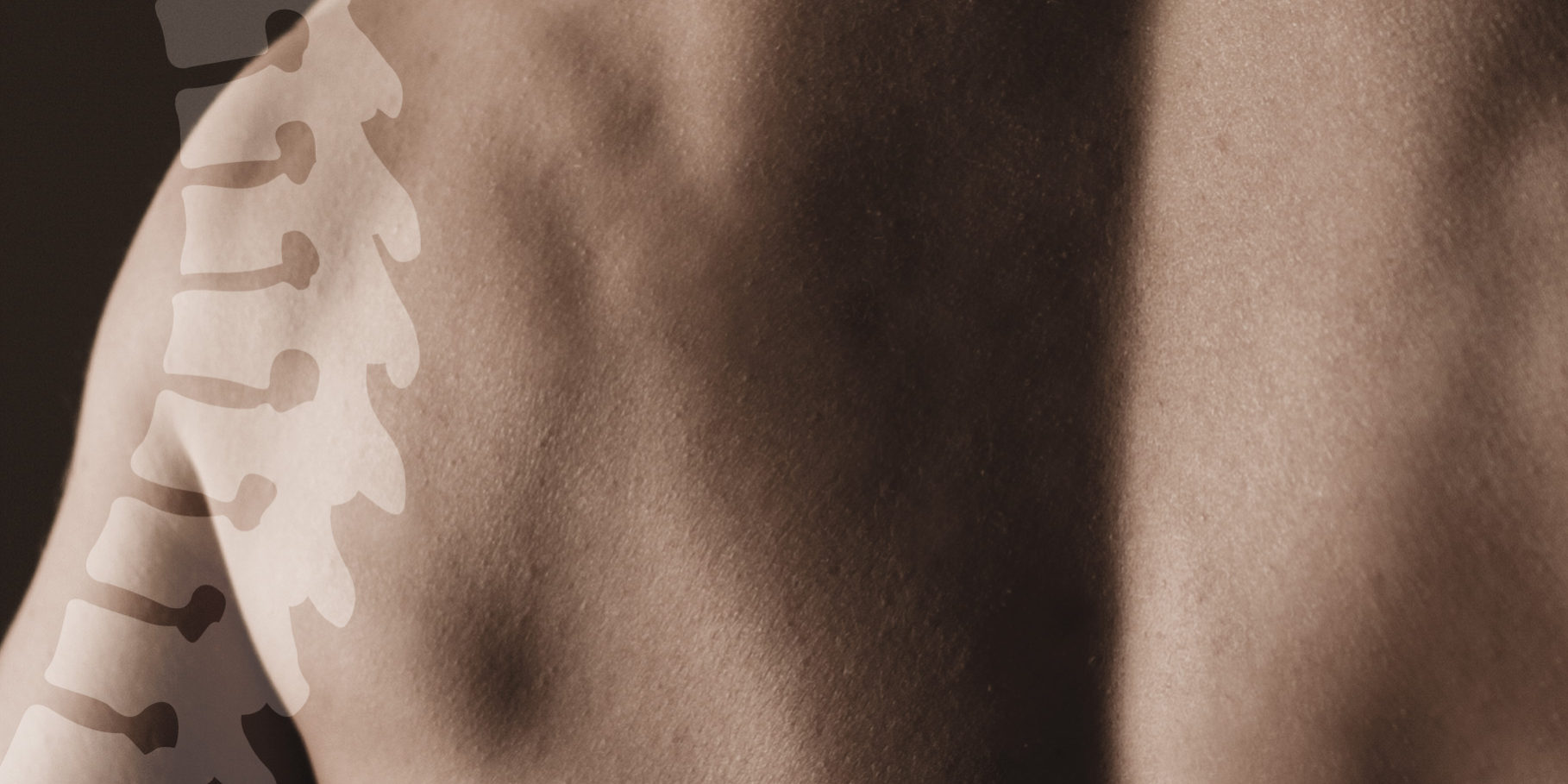Whether or not a standing desk is good for your back is a question that should only be answered by a back health professional with knowledge of your personal back condition.
So the answer could be yes or no, depending on what sort of state your back is currently in.
What I can do, is share my personal experience with you, having a had a history of lower back pain since I was teenager.
Making the leap to a standing desk
During a long hot summer in nineteen ninety-something-or-other I was with friends and family at a local outdoor swimming pool called ‘Deer Leap’. It was named so due to it’s wonderful deer populated forest location and more importantly, due it’s huge, high diving platform.
That year, it was my year to jump from the highest point, and I was going to do it in style. No simple water bombing here, I was going to dive and slip into the water like a delicate swan. As the tips of my fingers touched the water I remember feeling slightly sick as my feet overtook my ears and my body hair-pinned backwards as I slammed into the water at 40mph. A graceful swan I was not.
Since then, at least once a year I am reminded of my inability to dive through a prolonged period of discomfort in my lower back. A problem I am sure has be exacerbated by a sedentary working lifestyle sat in my office chair hunched over a laptop for at least 7 hours a day.
When standing desks arrived at the coworking space I use, I was one of the first to try them, hoping that standing and working would make my back stronger and relieve me of some pain. I was however taught a quick physical lesson after trying to stand and work for 7 hours non-stop – I was more than a little uncomfortable.
Easing into standing and working
Like with any form of physical activity you need to ease yourself in and get your body conditioned to it to avoid early injuries. Standing and working is no different. According to this excellent article on back pain and standing desks by spine surgeon Dr Rovner a lifestyle of sitting can in some cases cause a curvature of the lower back, and if you launch into standing work all day straight away this curve can cause you some pain and discomfort.
However, I took a step back did my standing and working in 1 hour stints, using a pomodoro productivity timer to space out my activity. I gradually built this up, listening to my back and sitting down when I needed to. Within 2 months I was spending over half my day at a standing desk and my lower back feels as strong as it has ever done – and this was all without any other specific training on my back.
What back pain experts say about standing desks
Feeling all smug that ‘working at a standing desk is good for my back’ wasn’t really good enough though, so I contacted my old friend and colleague Nick Sinfield – a specialist physiotherapist who works specifically with back pain sufferers. Nick had a good look over our standing desk designs and we chatted for a while about how standing desk can be beneficial to people who suffer with back pain.
Nick’s opinion on the subject was that: “Standing desks promote movement in the body, and that is the key to healthy back. Sitting still for long periods of time can lead to muscle imbalances and poor posture. Make sure you walk around or stretch at least once an hour will help avoid overstrain caused by tightening joints and nerves.”
I also find the when I stand and work I feel more alert and more positive, which helps my back feel more fluid and mobile. If I’m hunched up and stressed, tension related pain in my back and shoulders can be a problem. Nick Sinfield talks a lot about the mental health approach to solving back pain in his book: How to relieve back pain.
So as with anything physical, balance is the key, and the health benefits for your back from using a standing desk are positive. Just remember to ease yourself in, listen to your body and keep moving.






